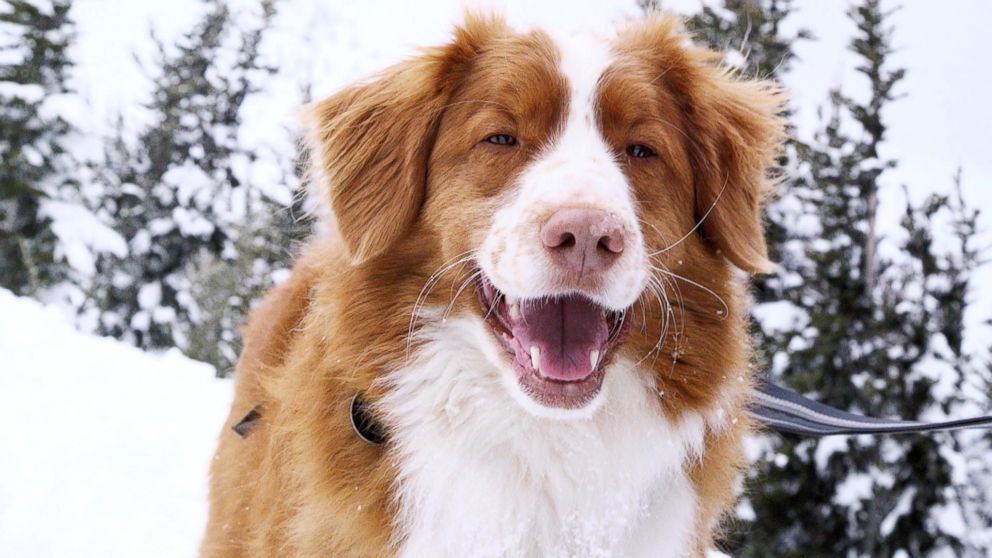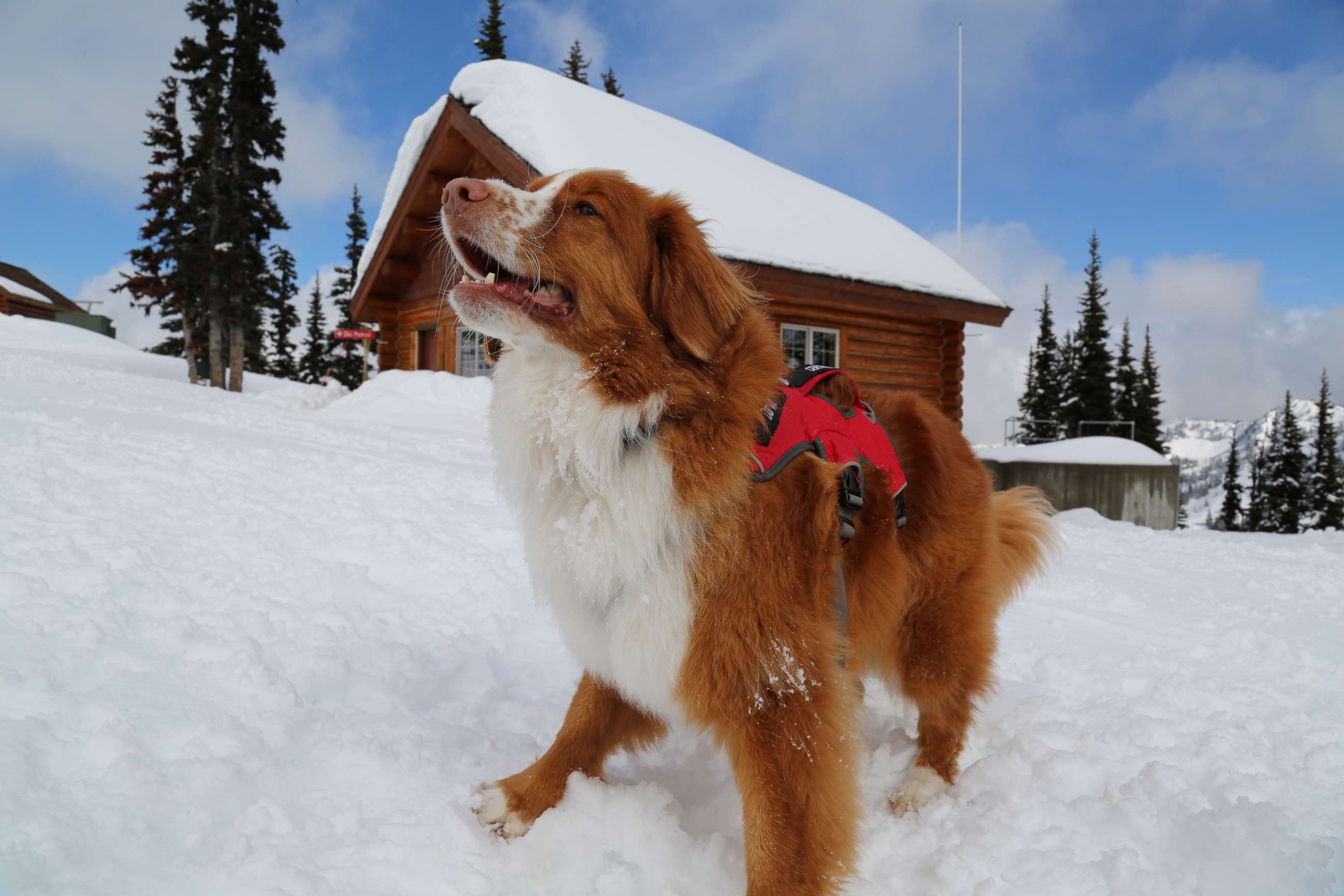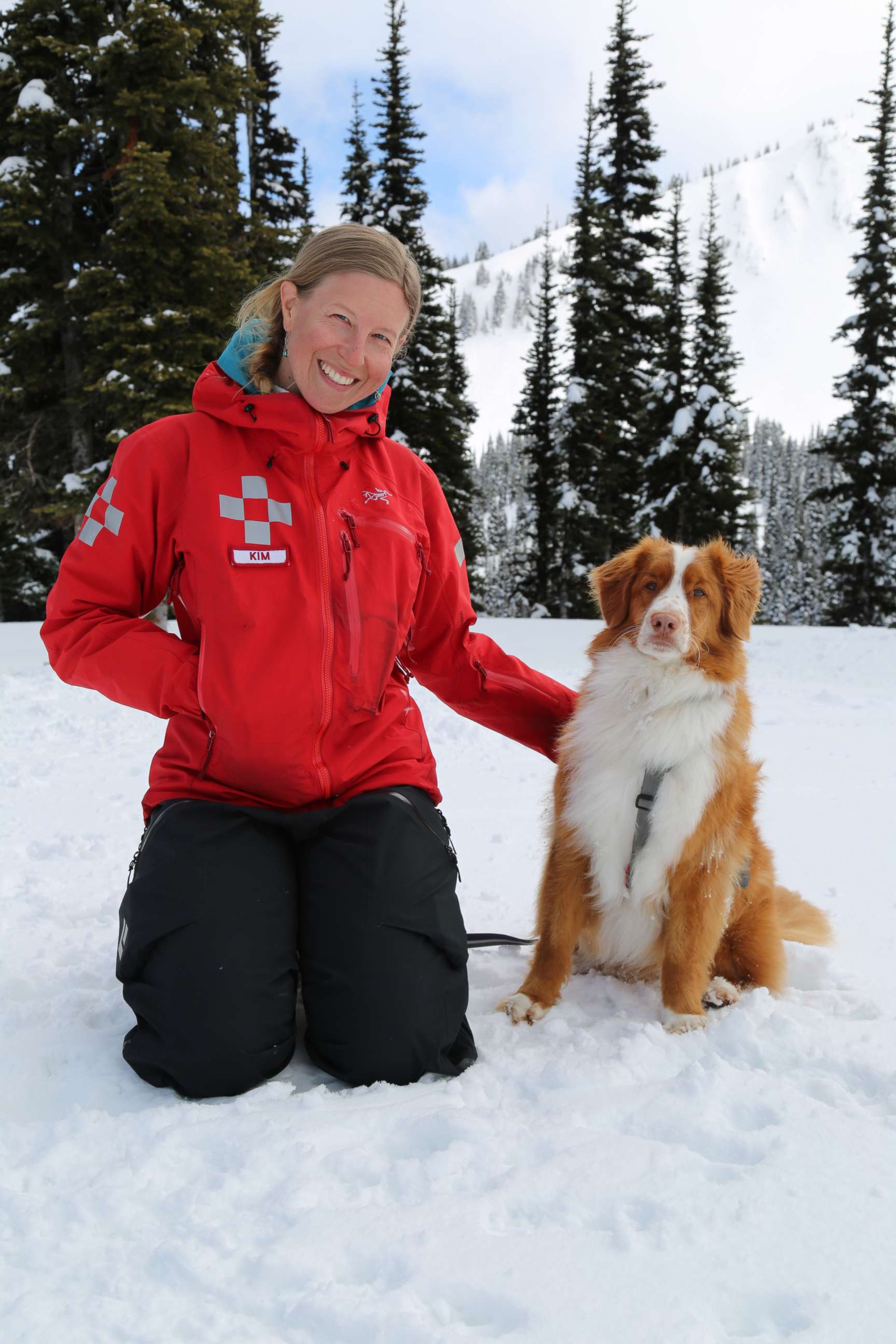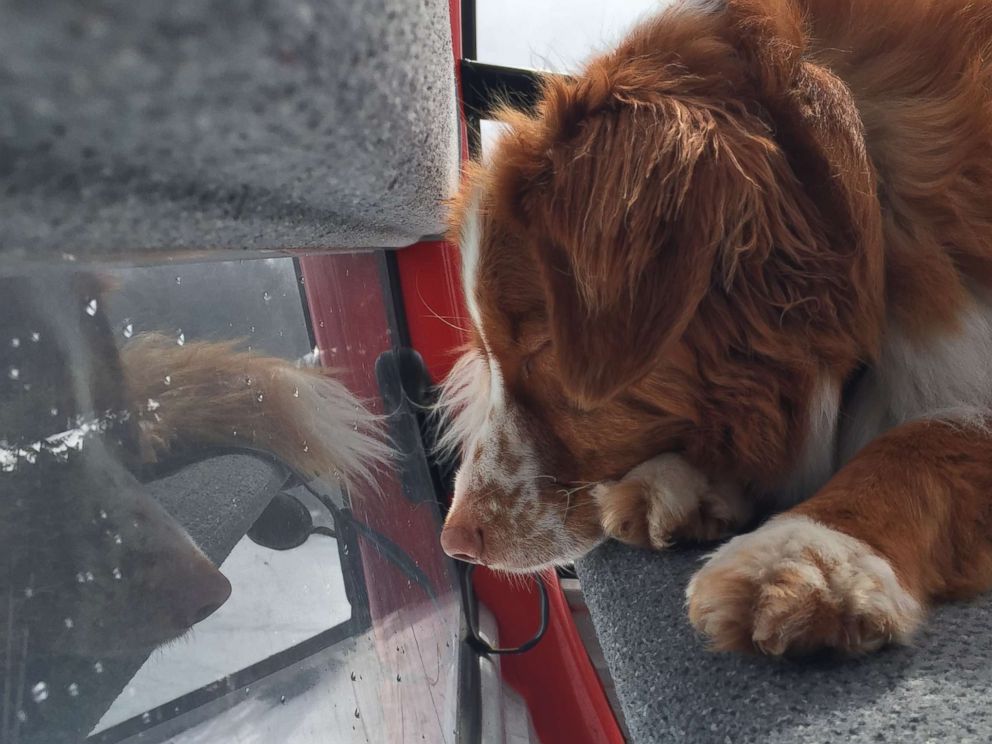'Career Canines': Avalanche search and rescue dogs ready to find buried victims
Dogs' sense of smell is the best way to find someone buried in an avalanche.

— -- Minutes can mean finding a victim alive or dead for avalanche first responders. At Crystal Mountain Resort in Enumclaw, Washington, the ski patrol trains constantly for the chance of being suddenly called to an avalanche zone. When dispatched to a search area, ski patrollers release their preferred search tool, their dogs.
“They're very important to have. They have a skill set that humans don't have any technology for -- their nose,” according to Kim Haft of the Crystal Mountain Ski Patrol.

A unique feature to Crystal Mountain are its access points to backcountry skiing in the shadow of Mt. Rainier. Often untouched by visitors, traveling through the backcountry in the surrounding national forests can trigger avalanches that’ll bury anything in its path. To a well-trained dog, however, visual clues are irrelevant in their search.
“If someone is buried without wearing an avalanche beacon, the chances of us finding them with a random probe strike are pretty small,” Haft said. “Whereas a dog can move over the area. They're pretty nimble and their noses are trained to smell human scent percolating through the snow."

Haft joined the ski patrol in 2011 after leaving an office job in Seattle and was struck by how effective the dogs were. Within a year, she joined the dog program and selected Darwin as her partner.
“He's really aloof, a little bit of a playful dog, just likes to do his own thing. Then you'd bring him out to a site and he is 100 percent focused on what he is there to do, which is to find someone,” Haft said.
Over the past few seasons, Darwin has become a stand-out within the pack of dogs working the mountain. On a recent test, he had 45 minutes to find two people buried two meters under the snow. He passed the test in 14 minutes.

“What drew me to becoming a handler was, when you're a patroller, you learn the mountain intensely, all different aspects,” Haft said. “When you start to look the mountain through the eyes of a dog, it's a whole new area. The way that you move a dog around the mountain is a lot slower, you're a lot more conscious about what's happening with other skiers around you. It added a new level of work up here.”



